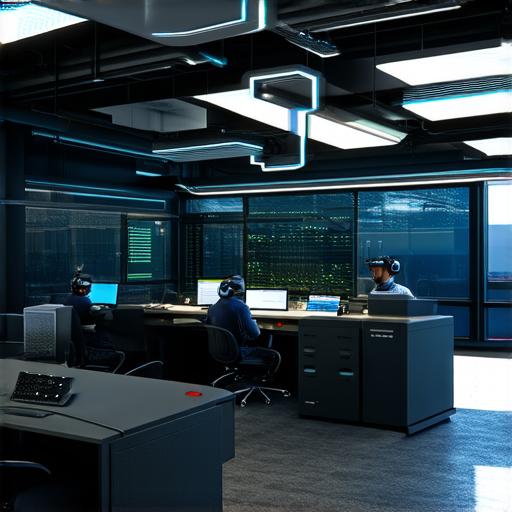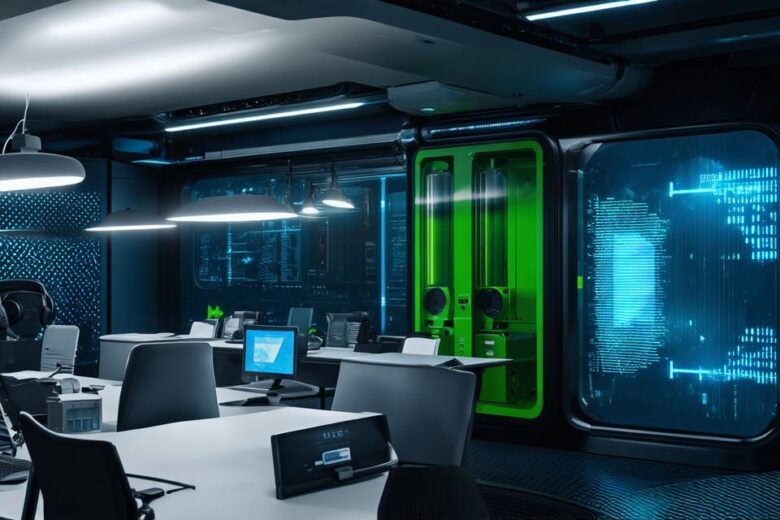1. Enhanced Collaboration and Communication
One of the key benefits of AR and VR in the workplace is their ability to enhance collaboration and communication among team members. With AR, for example, employees can work together in a virtual environment that allows them to see and interact with each other as if they were in the same physical location.
This can be particularly useful for remote teams or companies with multiple locations. For instance, imagine a construction company that is working on a large-scale project. Rather than having team members travel from site to site, they could use AR to communicate and collaborate on the project in real-time.
Using AR, employees could see each other’s work as it progresses, discuss issues and challenges, and make decisions together without having to be in the same physical location. Similarly, VR can be used for remote training, allowing employees to practice new skills and interact with colleagues from anywhere in the world.
2. Increased Efficiency and Productivity
AR and VR have the potential to increase efficiency and productivity by streamlining tasks and reducing errors. For example, in the manufacturing industry, AR can be used to overlay digital information onto physical objects, allowing workers to see important data such as assembly instructions or quality control checklists without having to look away from their work.
This reduces the likelihood of errors and speeds up the production process. Similarly, VR can be used for simulations and training exercises that allow employees to practice complex tasks in a safe and controlled environment. By providing a realistic and interactive learning experience, VR can help employees develop the skills they need to perform their jobs more efficiently and effectively.
3. Improved Customer Experience
AR and VR also have the potential to improve the customer experience by allowing businesses to create immersive and engaging experiences that showcase products and services in a more interactive and engaging way.
For example, a car dealership could use AR to allow customers to see how different cars look and feel before making a purchase decision. Similarly, an e-commerce retailer could use VR to allow customers to try on clothes virtually or explore furniture options in their own homes.
By providing a more engaging and interactive experience, businesses can create a stronger connection with their customers and increase customer loyalty. This can lead to increased sales and revenue for the business.
4. Enhanced Employee Engagement
Finally, AR and VR have the potential to enhance employee engagement by providing a more immersive and interactive work environment.
For example, an insurance company could use AR to allow employees to see how different policies work in practice, or a healthcare provider could use VR to simulate surgical procedures and train new doctors.
By creating a more engaging and interactive work environment, businesses can increase employee satisfaction and motivation, leading to higher levels of productivity and better overall business performance.

Conclusion
In conclusion, AR and VR have the potential to transform how we work and interact with each other. From enhanced collaboration and communication to increased efficiency and productivity, improved customer experience, and enhanced employee engagement, these technologies offer a range of benefits that can help businesses stay competitive and succeed in the future.
As technology continues to advance, it is likely that AR and VR will become even more prevalent in our daily lives, both at work and in other aspects of our lives.
